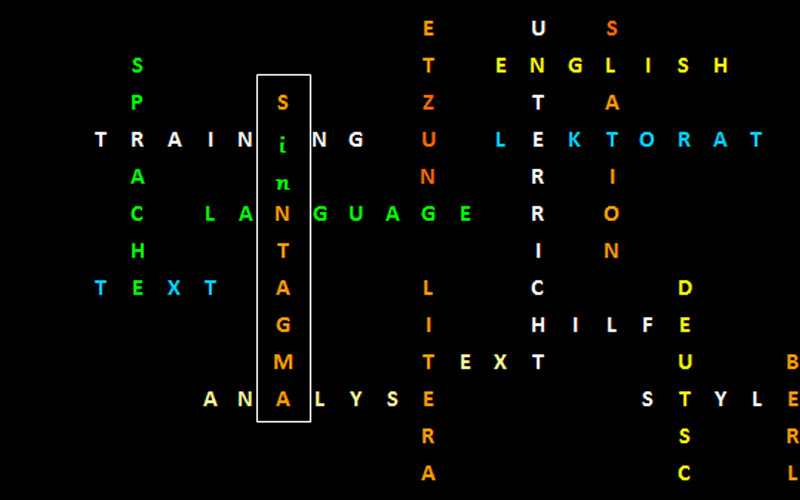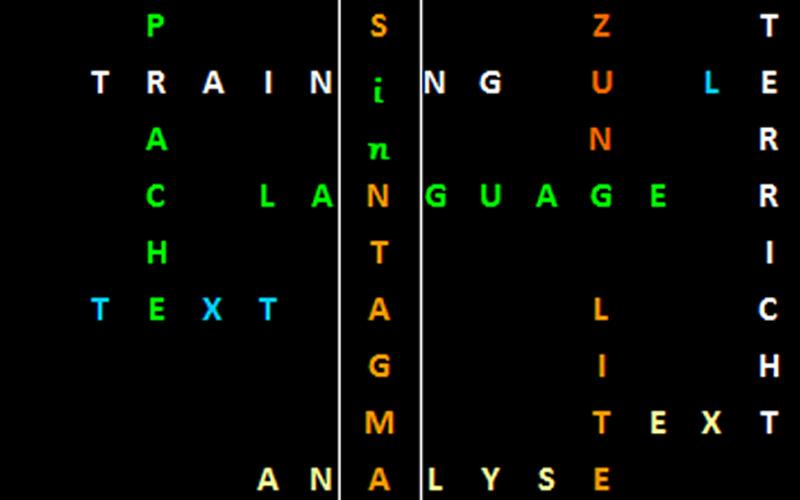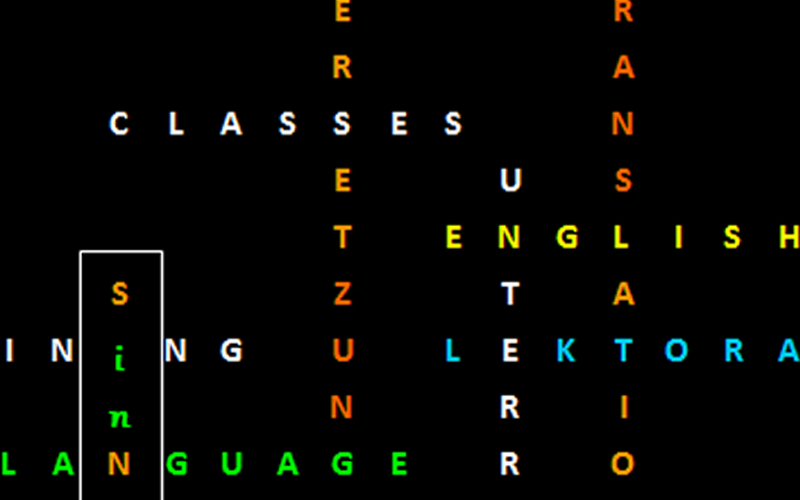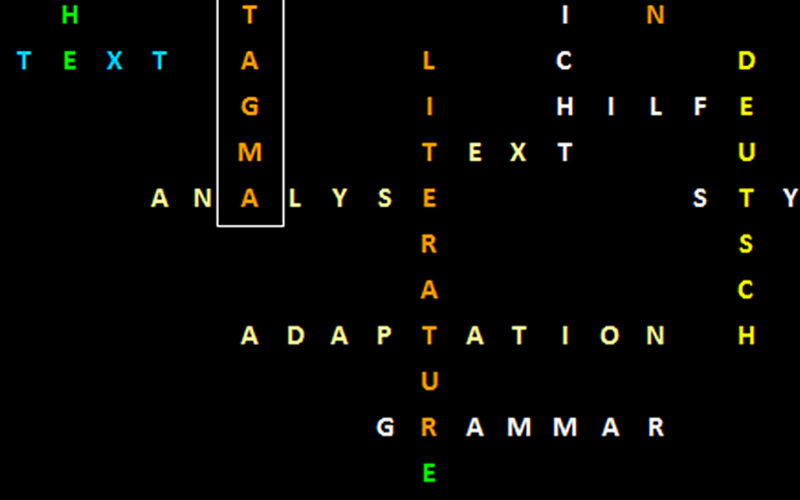|
„Wie kommen Dinge zur Sprache? Auf welche Weise lassen sie sich ansprechen, werden aussagekräftig oder sprechen gar selbst? In der aktuellen kulturwissenschaftlichen Diskussion dieser Fragen dominieren zwei Ansätze: Entweder werden Dinge als Bedeutungsträger und somit als Zeichen eines übergeordneten Sprachsystems aufgefasst oder aber ihnen wird der Status von sprachmächtigen Akteuren zugewiesen. Das Projekt problematisiert beide Ansätze und sucht nach einer dritten Position, deren Ausgangspunkt Goethes Konzeption eines „Gesprächs mit den Dingen“ ist, das eine Subjekt-Objekt-Dichotomie in Frage stellt.
Das Projekt profitiert von dem kulturgeschichtlichen Glückfall, dass sich in Goethes umfangreichen Kollektionen nicht nur die Objekte selbst, sondern ebenso Sammlungsmöbel, Sockel, Vitrinen, Objektbeschriftungen, Etiketten u.a.m. erhalten konnten. Der exzeptionelle Bestand dieser vermeintlich trivialen Parerga und Paratexte geriet bisher jedoch kaum in das Blickfeld der Forschung. Gerade in der Zusammenschau der materiellen und textuellen Zurichtungen von Sammlungsobjekten mit der dichten Überlieferung archivalischer Quellen und autobiographischer Texte lassen sich konkrete Sammlungspraktiken rekonstruieren. In wechselseitiger Erhellung zu diesem praxeologischen Zugang steht die Analyse der in den naturwissenschaftlichen, kunsttheoretischen und literarischen Texten Goethes reflektierten Sprachfähigkeit der Objekte. […]
“
|
“How do things enter language? How can they be addressed, become significant, or even expressive? Within the field of cultural studies, discussions of these questions currently tend to be influenced by two dominant approaches: Either things are regarded as being fraught with meaning, i.e. as signs pertaining to an encompassing language system, or they are attributed the status of eloquent agents in their own right. The project exposes the problems inherent to both these approaches and in their stead attempts to develop a third position from Goethe’s concept of “conversing with things”, availing itself of the latter’s capacity to challenge the subject-object dichotomy.
Inasmuch as of Goethe’s expansive collections not only the exhibits proper, but also their fixtures and appertaining pieces of furniture such as pedestals, showcases, cabinets, as well as original letterings and labels have survived, the project profits from a singular windfall to cultural history. So far, however, the collections’ exceptional holdings of purportedly trivial parerga and paratexts have hardly ever been brought into the focus of due scholarly attention. Yet it is precisely from a synoptic perspective which aligns the exhibits’ material and textual adjustment with the dense tradition of archival sources and autobiographic texts that specific historical collection practices are to be reconstructed. Interacting with this praxeological approach in a process of mutual illumination, an analysis of the eloquence of objects as it is reflected in Goethe’s aesthetic, scientific and literary writings is brought to bear. […]
“ |



